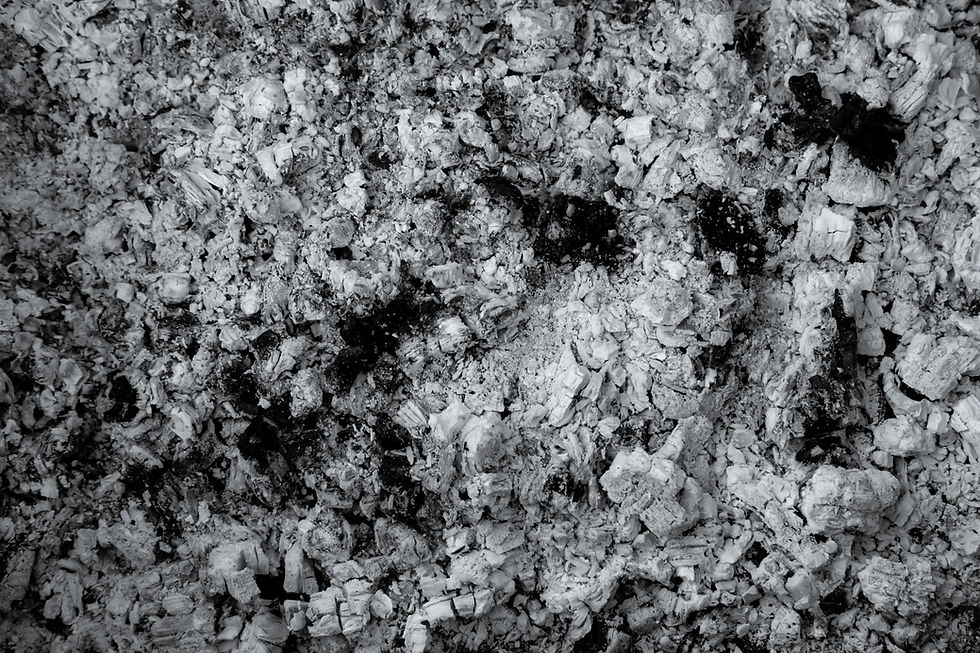Wood ash is commonly used in natural dyeing processes, particularly in the preparation of Sukumo indigo vats and in use with historically accurate recipes such as 18th centure recipes for indigo/woad vats from the South of France. Our wood ash is made from Japanese oak trees. Make sure you store dry, in a closed container in a dark place to avoid loss of alkalinity.
Here's how wood ash is typically employed in natural dyeing:
Wood ash is rich in alkaline compounds, primarily composed of potassium carbonate. It serves a specific purpose in creating an alkaline environment necessary for the reduction and fermentation of indigo pigment. This alkalinity helps convert insoluble indigo into its soluble form, allowing fabrics to absorb the dye.
pH Adjustment:
- Maintaining the correct pH level is essential in indigo dyeing. Wood ash, with its alkaline properties, is often used to adjust and control the pH of the dye vat. The pH needs to be within a specific range (9-13) to ensure optimal color development during the dyeing process.
- Historical and Traditional Practices:
- The use of wood ash in indigo dyeing has historical roots, particularly in traditional methods such as ""Hakkō-date"" in Japan. This method involves fermenting indigo leaves with wood ash and other natural materials to create a dye vat.
It's important to note that the specific type of wood used for ash can impact its composition. Different woods contain varying levels of alkaline compounds, influencing the properties of the ash.
The amount of wood ash added to a dye vat should be carefully controlled to achieve the desired pH and alkalinity without causing excessive harshness or other negative effects on the fibers being dyed.


















